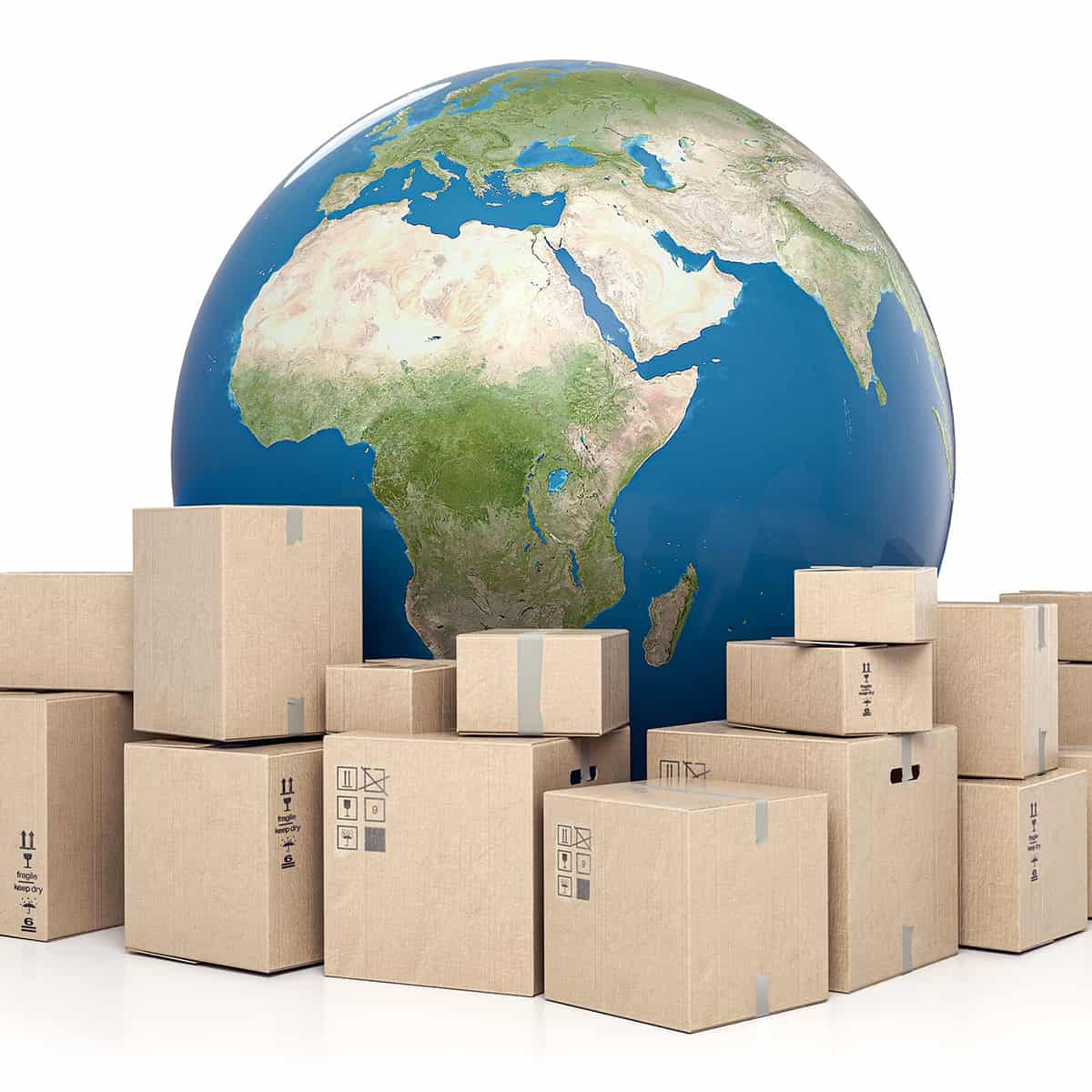The essential specs and conditions for Shipping Dry & Frozen Food
The essential specs and conditions for Shipping Dry & Frozen Food https://bloompack.com/wp-content/uploads/2023/01/750px.png 750 500 BloomPack //bloompack.com/wp-content/uploads/2024/05/BLoomPack-New-Logo.pngWhen it comes to shipping dry and frozen food products, the choice of packaging is critical to ensuring the safe and secure transport of these goods. Corrugated cartons, with their versatility and durability, are a popular choice in the food industry. In this blog, we will delve into The essential specs and conditions for Shipping Dry & Frozen Food.

1. Material and Strength:
The primary material for corrugated cartons is paperboard, which consists of outer liners and inner corrugated layers. When shipping dry and frozen food, it’s crucial to select cartons with the right paperboard thickness and strength. For frozen food, in particular, cartons with higher burst strength are preferable to withstand low temperatures and potential moisture exposure.
2. Moisture Resistance:
Frozen food shipments are susceptible to condensation, which can compromise the integrity of the carton. Look for corrugated cartons treated with moisture-resistant coatings or laminations. These prevent the carton from absorbing moisture, maintaining its structural integrity and preventing damage to the contents.
3. Insulation and Temperature Control:
For frozen food, especially in longer transit times, insulated corrugated cartons with thermal properties are ideal. These cartons help maintain the desired temperature inside, ensuring that the frozen products remain frozen throughout the journey. Insulated cartons are crucial for preserving the quality and safety of frozen foods.
4. Sealing Mechanism:
Proper sealing is crucial to prevent any temperature fluctuations and contamination. Ensure that the corrugated cartons have secure and reliable sealing mechanisms, such as high-quality adhesive tapes or strong staples. This helps maintain the integrity of the packaging during transportation.
5. Size and Fit:
Select corrugated cartons that are appropriately sized to accommodate the quantity and dimensions of your dry or frozen food products. Cartons that are too large may result in shifting and damage, while those that are too small can compromise the product’s safety. Custom-sized cartons are an excellent option for a snug and secure fit.
6. Labels and Markings:
Clearly label the corrugated cartons with essential information. This includes product names, quantities, handling instructions, and temperature requirements. Proper labeling ensures that both the shipper and receiver understand the contents and handling instructions, reducing the risk of mishandling.
7. Reusability and Sustainability:
Consider using corrugated cartons that are designed for reuse or are made from recyclable materials. Sustainable packaging not only reduces waste but also aligns with eco-conscious consumer preferences.
Conclusion
Corrugated cartons are a reliable choice for shipping dry and frozen food products, provided you the essential specs and conditions for Shipping Dry & Frozen Food, you have to select the right specifications to meet your specific needs. From material strength and moisture resistance to insulation and proper sealing, each specification plays a crucial role in preserving the quality and safety of the shipped goods. By paying attention to these corrugated carton specs, you can ensure that your dry and frozen food products reach their destination in optimal condition, meeting both industry standards and customer expectations.



